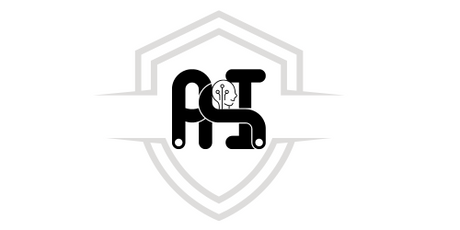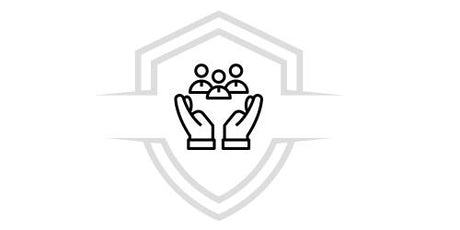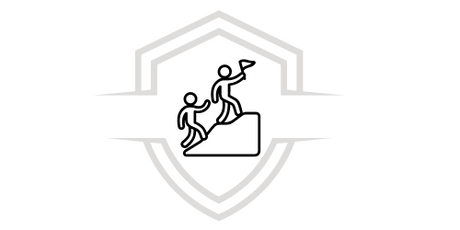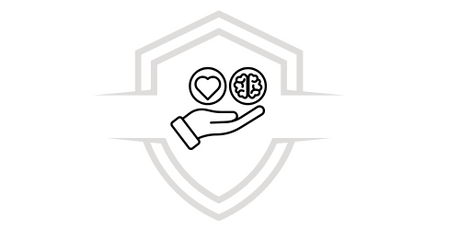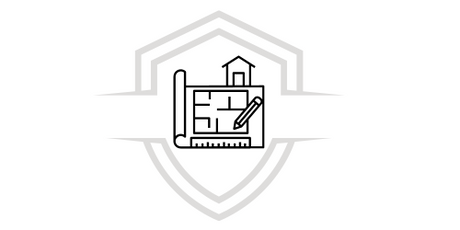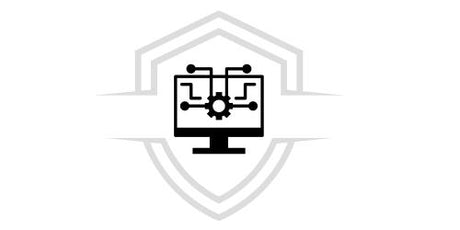Are you thinking about creating a website? Wonderful, this is a process that can be fun and useful to acquire in-demand skills, discover a new business and share the experience.
In the early days, creating web pages was very simple, however, nowadays, with the advancement of technology, you can do anything on a website. That is why web development has become so popular that it has become a highly sought-after field.
A basic rule you should know when starting to create a website is to be familiar with the HTML and CSS tag language. That's the starting point.
Parts of Web Development
Web development is divided into two parts; Front end and Back end .
Let's start by explaining what the front end is. This is the part that is responsible for creating the visual elements of websites. Basically, it is made up of the elements necessary for the website to be displayed correctly in any user's browser.
However, the back end is the part of the server that is responsible for storing the necessary elements in the database and providing the front end with everything necessary.
Static Web Pages
Not all websites have to have a front end and a back end , you can work perfectly well with just the front end.
Websites that only have a front end are known as static websites . They are called this because they have a particularity, which is that they always show the page in the same way for all users.
An example of this is informational or personal pages, which can be perfectly static because all users who enter the website will see it the same way, it is the same information.
But now, if we think of a website as a social network, it cannot be static because it needs to save users in a database and each of these users sees different things in their timeline.
Front End Languages
For the frontend there are only 3 languages; HTML, CSS and Javascript.
HTML is vital for structuring the elements of the website. With it we can include text, data and any other element necessary to fill the website. Likewise, HTML is the markup language that semantically indicates the content of the website.
Thanks to the implementation of HTML it is possible to place buttons, titles and subtitles, paragraphs, tables, etc.
CSS , on the other hand, is used to give styles to the website; it is what makes the website look aesthetically pleasing.
CSS is used to select elements created in HTML to give them styles such as width, height, margins, borders, shadows, colors, animations, positioning, among others. This, like HTML, is also a markup language.
Finally, we have Javascript, which, unlike the two previous ones, is not a markup language, but rather a programming language that allows the connection to be made with the user for interaction with the web page. With Javascript, you can also select HTML elements to modify them and create new elements.
Likewise, you can make it so that when you press a button, elements of the page are hidden, or that when you open the web page, a call is made to the backend and with what the backend returns, a table with the result is opened in the HTML.
Although there are other languages, it is important to keep in mind that web browsers like Chrome, Firefox and Edge work with HTML , CSS and Javascript code.
FREE DOWNLOAD
We also make available to you this valuable resource completely FREE that will allow you to learn about the importance of this programming language, its main elements, its development environment, its libraries and object-oriented programming.
Languages for the backend
There are more options for working with backend languages because it is not necessary for the code to be understood by a web browser, it is enough that it can be executed on a server. There are many backend languages, such as Python , Java , .NET , among others.
If you are at a beginner level in this backend sector, we recommend that you start by learning Python with our Python from Zero to Expert course, it is simpler than any other programming language.
If you are passionate about programming and want to become a web developer, you cannot miss taking our Introduction to Front End Web Development course: HTMK and CCS from Scratch.
Courses that may interest you
Do you want to acquire more Web Development skills and master them in record time? We recommend our courses on Applying Analysis Tools for Stock Market Investment and Business Analysis with Excel and Python.





